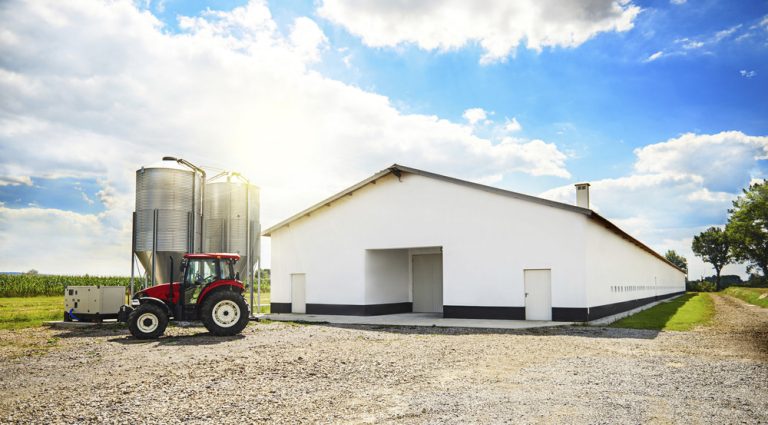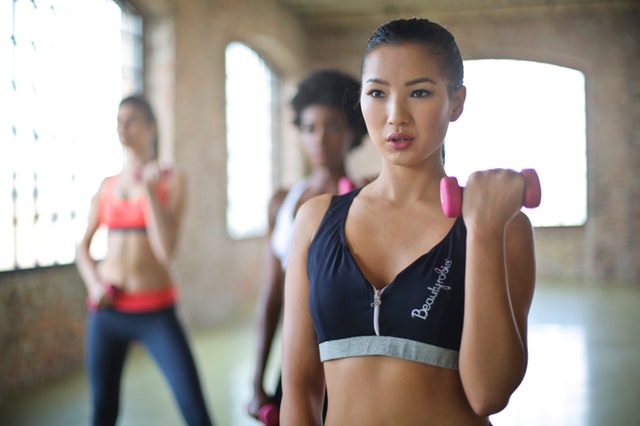Car Wrap vs. Paint: Which Is the Better Option for Your Vehicle?
This post contains affiliate links. Click here to read my affiliate policy.
Last Updated on March 11, 2025

When it comes to refreshing your vehicle’s appearance, two main options dominate the conversation: paint jobs and vinyl wraps. Each approach offers distinct advantages depending on your specific needs, preferences, and budget. Vinyl wraps typically last about 5-7 years, while quality paint jobs can maintain their appearance for decades with proper care, making paint the more durable long-term solution.
The decision between wrapping and painting extends beyond just durability. Vinyl wraps offer incredible versatility with the ability to completely transform your vehicle’s appearance quickly and with less commitment than paint.
Vinyl wraps can provide incredible versatility with the ability to completely transform your vehicle’s appearance quickly and with less commitment than paint. This makes them a popular choice for those who like to change up their vehicle’s look every few years. This flexibility is especially appealing for drivers who want to experiment with bold colors or unique finishes without the permanence of a new paint job. Unlike traditional repainting, wraps can be removed or replaced without affecting the original paint, making them a practical option for leased vehicles or resale value preservation. Additionally, advancements in wrap technology have led to higher durability and better finishes, allowing for a professional look that rivals paint. For those in need of color change car wraps in Salt Lake City, this method serves as an efficient way to refresh a vehicle’s aesthetic while protecting the factory paint underneath.
Key Takeaways
- Vinyl wraps offer versatility with a 5-7 year lifespan while quality paint jobs can last decades with proper maintenance.
- Wraps provide a non-permanent option for vehicle customization with strong UV resistance for colour retention.
- Budget considerations favour wraps for initial affordability while paint may offer better long-term value.
Comparing Car Wrap and Paint Qualities
When deciding between wrapping or painting your vehicle, understanding the key differences in quality aspects will guide you toward making the best choice. Both options offer distinct advantages depending on your priorities regarding longevity, appearance, and maintenance.
Material Durability and Protection
Vinyl wraps typically last about five years with proper care, while quality paint jobs can maintain their appearance for decades. Paint provides a permanent solution that becomes part of the vehicle’s surface, offering better long-term protection against environmental elements.
Wraps serve as a protective layer over factory paint, shielding it from minor scratches, UV damage, and small stone chips. This protection helps preserve the original paint’s condition and potentially increases resale value.
Paint delivers superior durability against harsh weather conditions and everyday hazards. However, once scratched or chipped, paint requires professional touch-ups or repainting.
Vinyl wraps can be removed without damaging the underlying factory paint when properly installed and maintained, offering a reversible option that paint cannot match.
Aesthetic and Customization Options
Vinyl wraps provide virtually unlimited design possibilities with options ranging from solid colours to complex patterns, textures, and finishes that would be difficult or impossible to achieve with paint.
Customization differences:
- Wraps: Quick design changes, matte finishes, chrome effects, colour-shifting options
- Paint: Deep, rich colours, custom mixes, pearl and metallic finishes
Wraps allow for temporary transformations, making them ideal for seasonal marketing campaigns or trying bold aesthetic choices without permanent commitment.
Quality paint jobs offer depth and lustre that wraps sometimes struggle to match. The finish appears more integrated with the vehicle’s surface, providing a factory-like appearance that discerning enthusiasts often prefer.
Maintenance and Care Requirements
Paint requires regular waxing and polishing to maintain its appearance and protective qualities. Minor scratches can often be addressed with touch-up paint, though deeper damage requires professional repair.
Vinyl wraps need gentler care with fewer chemicals. Hand washing with mild soap is recommended, avoiding high-pressure washers that might lift the edges of the wrap.
Maintenance comparison:
| Aspect | Paint | Vinyl Wrap |
| Washing | Can use automatic car washes | Hand wash recommended |
| Repairs | Touch-ups possible for small issues | Damaged sections need replacement |
| Protection | Needs wax/sealant regularly | No waxing required |
Wraps are more susceptible to damage from prolonged sun exposure and harsh chemicals. However, they offer easier repair solutions for limited damage, as affected panels can be replaced without needing to rewrap the entire vehicle.
Analyzing the Financial Implications
When deciding between a car wrap and a paint job, cost considerations play a crucial role in making an informed choice. Both options have different financial impacts that extend beyond the initial price tag.
Initial Cost Analysis
A basic paint job typically costs between $500 and $3,000, depending on the quality and extent of work required. Premium or custom paint jobs can reach $5,000 to $10,000 for high-end results.
In contrast, vinyl wraps generally range from $2,000 to $5,000 for a complete vehicle wrap. The price varies based on:
- Vehicle size and complexity
- Wrap material quality
- Custom design requirements
- Professional installation expertise
Cost-saving advantage: Wraps offer predictable pricing with fewer unexpected expenses compared to paint jobs, which may reveal additional body work needs during the preparation process.
For those seeking custom colours or graphics, wraps provide significant savings over specialty paints, which can add thousands to a traditional paint job.
Long-term Investment and Resale Value
Paint jobs typically last 5-10 years with proper maintenance, while quality vinyl wraps generally last 3-5 years. This difference impacts the long-term cost calculation.
Maintenance costs favour wraps, which require simple cleaning with mild soap and water. Paint demands more care, including waxing, polishing, and potential touch-ups for scratches.
Regarding resale value, a high-quality paint job typically yields better returns than a wrap. Most buyers prefer vehicles with original or professionally painted finishes.
However, wraps offer a unique advantage: they protect the original paint underneath. This preservation can maintain the vehicle’s value when the wrap is removed, revealing pristine factory paint.
For leased vehicles or frequent upgraders, wraps provide the flexibility to change appearance without permanently altering the vehicle, maintaining better residual value.
Conclusion
The choice between a car wrap and paint ultimately depends on your specific needs, budget, and goals for your vehicle.
Wraps offer flexibility, protection of original paint, and cost-effectiveness for those seeking temporary aesthetic changes or advertising solutions. They’re particularly advantageous for those who like to refresh their vehicle’s appearance regularly.
Paint provides longevity, durability, and potentially higher resale value for those planning long-term ownership. While typically more expensive, quality paint jobs can last for many years with proper maintenance.
Consider your budget, intended duration of ownership, and desired customization level when making this decision. Both options have their merits, and the right choice will align with your personal priorities for your vehicle.






